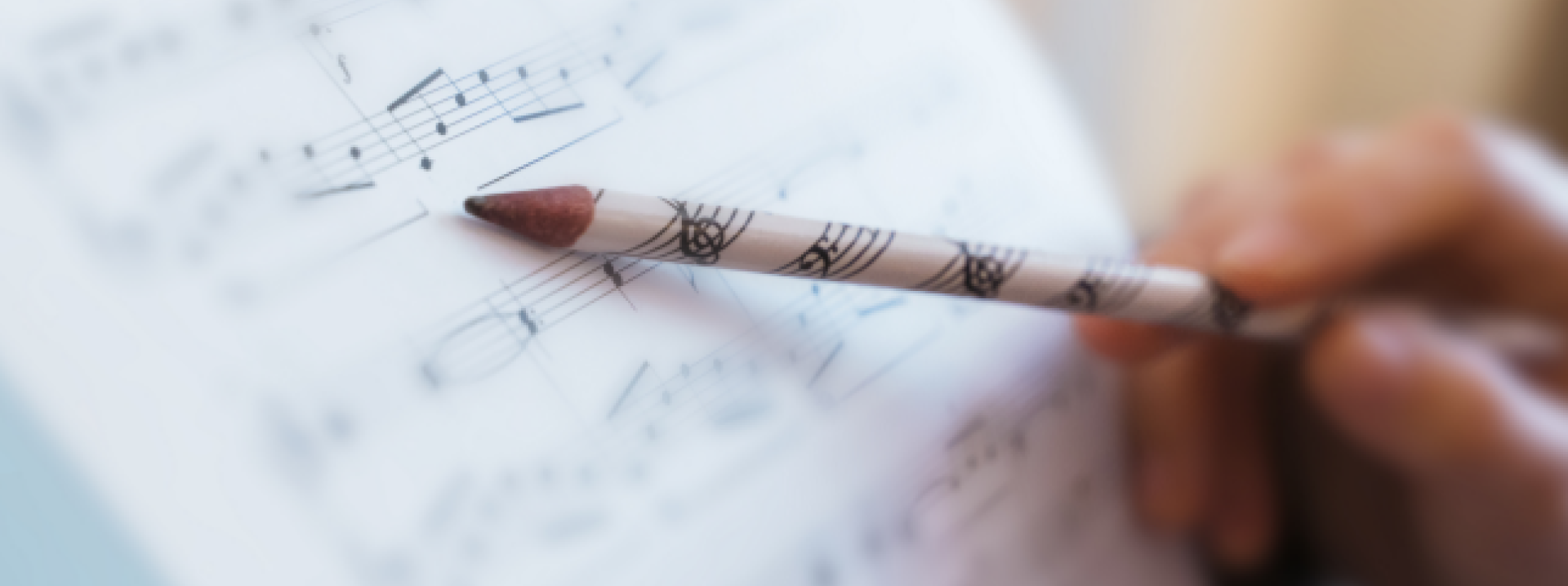Sheet music
Musical contribution - A. van Vliet - August 2011

Dear organist, I can’t quite remember how I acquired this bundle, but I have certainly enjoyed playing from it. The pages have all turned yellow and the book is literally falling apart, but there is still plenty of joy to be had from it. The following has been handwritten in the front:
Second_band
Organ_works
Dutch_composers
I didn’t recognise most of the names, even though some of them had famous organs in their care. I was instantly drawn to the work I have chosen, which is why it’s now also proudly displayed on your music stand. Brother Lambertus was completely unknown to me. Fortunately the book told me where he had been employed – and I took the liberty of copying this. So I went along to the Diocesan Institute, where I received some very kind assistance from Brother Marcus.
Brother Lambertus was born in Groot Zundert in 1876. He worked as a music teacher and organist in Huybergen from 1893-1941, which included a seven month break. He was appointed as the Missionary Procurator and organist at the St.Josephkerk (church) in Bergen op Zoom from 1941-1956. He died on the 13th August of that year. We don’t know if Brother Lambertus wrote any other pieces. What we do know is that he was a very pleasant and passionate man and an extremely good organist. We are certainly not surprised at the revelation that Brother Lambertus was “passionate” when we play through his work. A “con fuoco” addition would have been well placed. A festive composition in the A-B-A type. The B section starts off with one voice and will initially remind you of a fuga, but this notion can already be eliminated from our minds in the second bar.
The work is perfectly suitable for playing on any type of organ. Plus there are many possible combinations where the registration is concerned, too many to mention here. Whether you are thinking of combining the “forte” sections from a plenum with “piano” fragments on a flute basis, or whether you perhaps prefer a more dark brown French approach with a soft reed on the 3rd manual, the power of this work will remain as solid as a (bishop’s) house.
We would like to thank Brother Marcus for his willingness to assist us and I promise to keep leafing through this book and share any other possible discoveries with you as and when I come across them.
André van Vliet